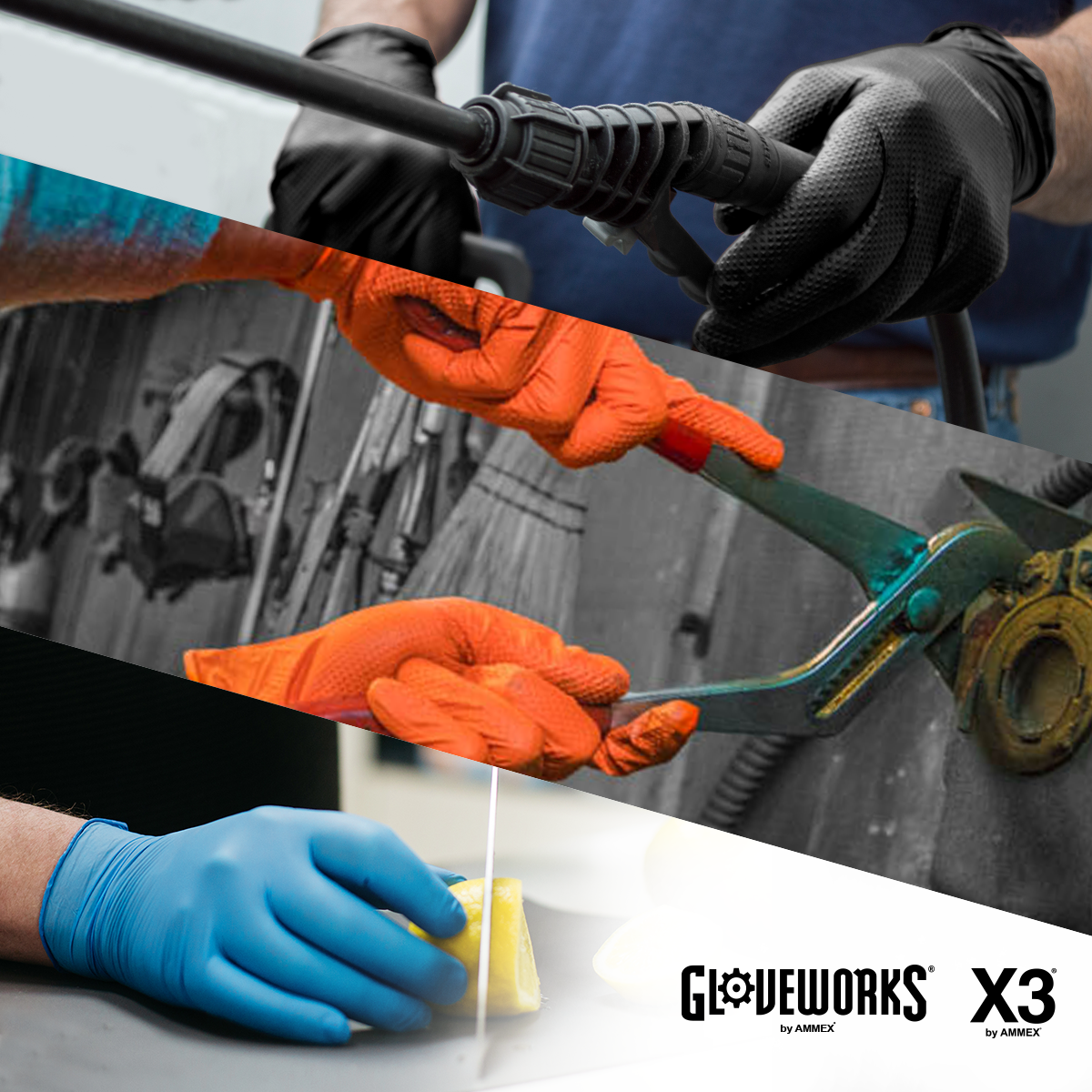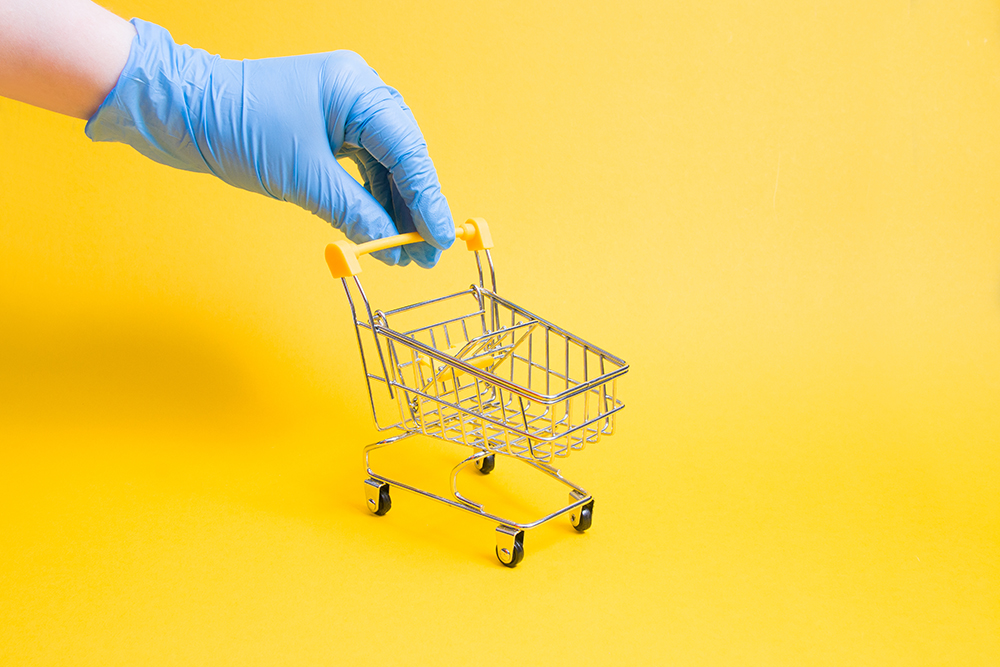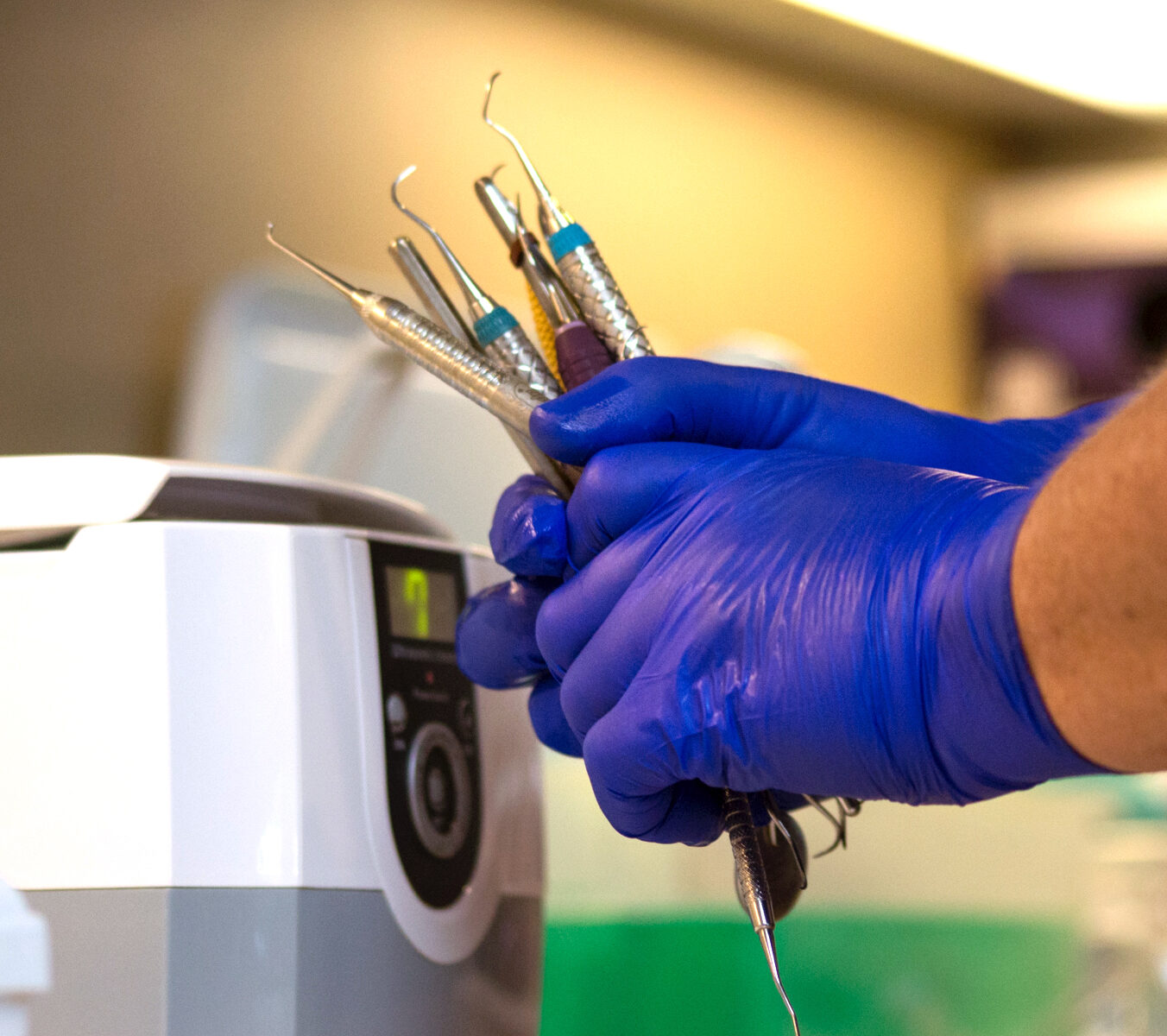There are a lot of niche needs in the manufacturing sector. However, once again the issue boils down to the job is more important than the industry. What matters most to your customers? Is it grip, thickness, chemical resistance? Do they still use latex but should be using nitrile?
It’s a complex question because the category is so large—but a few gloves will cover most needs across the widest spectrum of industries:














